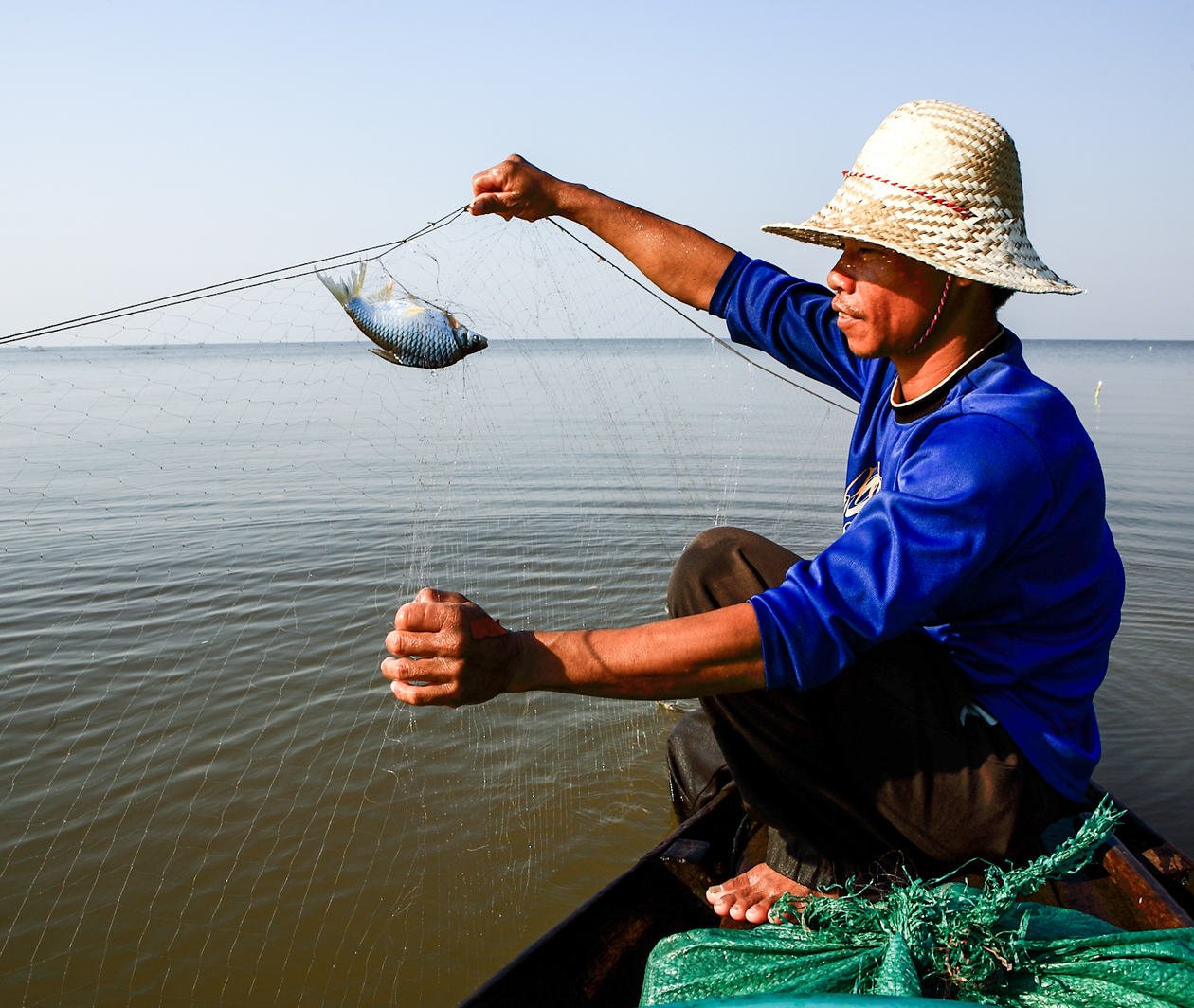
Duration
5 weeksWeekly study
4 hours
Food and Our Future: Sustainable Food Systems in Southeast Asia
Other courses you might like
This course isn't running right now. We can email you when it starts again, or check out these other courses you might like.
Browse more in Nature & Environment and Politics & Society
How can food systems become more sustainable in the face of population growth, urbanisation, and environmental degradation? How can a food systems approach help in achieving the Sustainable Development Goals? This course will explore how natural resources are currently used to take the food we eat from the field or ocean to our plates.
Understand food systems in Southeast Asia
Along the chain of steps from how food is produced to when it is consumed, a variety of earth’s natural resources, from land and water to biodiversity and fossil fuels, are used in many different ways. During this course you will take a closer look at these relationships in Southeast Asia, examining trends in the region’s food systems, and the range of actors involved.
Examine the environmental and socioeconomic implications of food systems
As our populations grow, our resources and natural environments are under increasing pressure, and in many cases we are not using them in a sustainable way. During this course we’ll review the impacts of food systems and their activities, from production to consumption including waste, on human health, natural resources, and the wider environment.
Explore ways of making food systems sustainable
After looking at the relationships between food systems, natural resources, the environment, and people’s well being, we’ll focus on how to think about and implement change. We will further explore the food systems approach to natural resource use, and discuss policy and practice options for a transition towards more sustainable, resource-smart food systems.
What topics will you cover?
- The food systems approach to natural resource use
- Relationships between food system actors, activities, natural resources and environmental impacts
- Food systems and sustainable development
- Food system trends and drivers in Southeast Asia, including climate change, socio-economic changes and increasing natural resource pressure
- Food security and challenges in Southeast Asia
- Food systems governance and actors, from governments, producers, suppliers, corporations and consumers, in Southeast Asia
- Relationships between food security, health, diets, nutrition and livelihoods in Southeast Asia
- Institutional and biophysical options for achieving more sustainable food systems
- Challenges to achieving sustainability and efficiency of natural resources in food systems
Learning on this course
On every step of the course you can meet other learners, share your ideas and join in with active discussions in the comments.
What will you achieve?
By the end of the course, you‘ll be able to...
- Explain the food systems approach to natural resource use, including relationships between food system activities, natural resources and environmental impacts.
- Explore trends of global and Southeast Asia food systems outcomes, natural resource use and biophysical and socio-economic drivers.
- Discuss available biophysical and institutional options within food systems to enable change towards more sustainable food systems.
- Apply a food systems approach for improved management of natural resources.
Who is the course for?
This course is suitable for anyone with an interest in food, sustainable production and consumption, natural resources, or environmental sustainability.
Who will you learn with?
I have worked on natural resource and agri research and learning in South America, Africa and Asia, and now I am based at SEI Asia. Excited to lead this course on sustainable food systems - follow me!
Learning on FutureLearn
Your learning, your rules
- Courses are split into weeks, activities, and steps to help you keep track of your learning
- Learn through a mix of bite-sized videos, long- and short-form articles, audio, and practical activities
- Stay motivated by using the Progress page to keep track of your step completion and assessment scores
Join a global classroom
- Experience the power of social learning, and get inspired by an international network of learners
- Share ideas with your peers and course educators on every step of the course
- Join the conversation by reading, @ing, liking, bookmarking, and replying to comments from others
Map your progress
- As you work through the course, use notifications and the Progress page to guide your learning
- Whenever you’re ready, mark each step as complete, you’re in control
- Complete 90% of course steps and all of the assessments to earn your certificate
Want to know more about learning on FutureLearn? Using FutureLearn
Do you know someone who'd love this course? Tell them about it...
You can use the hashtag #FLFoodSystems to talk about this course on social media.



